Introduction: The Battle Between Clear and Cloudy
A pristine glass shower door can significantly enhance the beauty and comfort of your bathroom, creating a spa-like experience. However, problems like water stains, soap scum, and mould often quickly tarnish the glass door's lustre. Data shows that over 85% of homes suffer from hard water (Source: U.S. Geological Survey), making scale a major enemy of glass doors. This article provides a guide to effectively maintaining shower glass doors, based on scientific data and practical methods, to ensure long-term clarity and hygiene.
1: The Root of the Problem - Scale, Soap Scum, and Mould
1.1 Scale: A Hard Water Deposit
Scale (limescale) is primarily formed by calcium and magnesium ions after water evaporates and is common in areas with hard water. Significant deposits can form when hardness exceeds 7.1 grains per gallon (gpg), with some regions experiencing levels as high as 10-20 gpg (Source: U.S. Geological Survey). These alkaline deposits are insoluble in water and require acidic cleaners to dissolve.
1.2 Soap Scum: A Mixture of Oils and Minerals
Soap scum is a mixture of soap, body oils, and hard water minerals. Traditional soaps are more likely to react with calcium and magnesium ions, forming a sticky residue. pH-balanced liquid soaps can reduce this problem (Source: Journal of Surfactants and Detergents).
1.3 Mould: A Product of Humid Environments
Mould thrives in humid environments and is commonly found on seals and corners. It's not only unsightly but can also cause respiratory problems (Source: Environmental Protection Agency). Regular drying and disinfection are key to controlling it.
2: Daily Care - Prevention is Better Than Cure
2.1 Wipers: An Effective Anti-Scaling Tool
Using a squeegee to remove water droplets after every shower can reduce water stain buildup by 80% (Source: Consumer Reports). This habit takes only 60 seconds but significantly reduces the frequency of deep cleaning.
2.2 Drying and Ventilation
Wipe the surface thoroughly dry with a microfiber cloth and run an exhaust fan for 20-30 minutes to reduce humidity to below the threshold for mould growth. Tests show that good ventilation can reduce humidity by 50% (Source: Home Ventilating Institute).
2.3 Regular Inspections
Inspect the glass door frame and seals monthly to detect cracks or mould. Tempered glass has a spontaneous explosion rate of approximately 0.3%-0.5% (Source: Industry White Paper). Early detection can prevent safety hazards.
3: Deep Cleaning - A Data-Driven Cleaning Approach
3.1 Choosing Commercial Cleaners
Acidic Cleaners (such as Lime-A-Way): Target limescale. Contains hydrochloric acid or citric acid, dissolving most deposits within 5-10 minutes (Source: Good Housekeeping Institute).
Alkaline Cleaners: Target soap scum and grease. Avoid abrasives to prevent scratching the glass.
Mould Repellents: Products containing hydrogen peroxide are effective in killing bacteria. Allow the product to sit for 30 minutes before scrubbing.
3.2 Homemade Cleaning Solutions
White vinegar solution (1:1 vinegar-water mixture): Effective for light limescale buildup. Allowing it to sit for 10-15 minutes can dissolve over 60% of deposits (Source: Consumer Reports).
Baking soda paste: Weakly alkaline, it can remove soap scum. Scrub with a soft cloth to avoid scratching.
3.3 Tools and Frequency
Use a microfiber cloth and a non-abrasive sponge to avoid damaging the glass. Data shows that a deep cleaning every 2-4 weeks can maintain over 90% transparency (Source: Industry Experimental Data).

4: Ultimate Protection - Sealant and Long-Term Maintenance
4.1 Application of Glass Sealant
Sealants (such as fluorinated polymers) form a hydrophobic layer that beads water away and reduces mineral deposits. A single application can last 3-6 months, reducing cleaning frequency by 90% (Source: Gtechniq test report). Thoroughly clean and dry the glass before application, allowing it to cure for 24 hours before use.
4.2 Explosion-Proof Film and Safety Measures
Applying explosion-proof film can reduce the risk of flying fragments when glass breaks by 80% (Source: Safety Glass Association). Choose 3C-certified tempered glass (6-8mm thick) and ensure that rubber gaskets are used during installation to cushion the impact.
5: FAQs
Q1: How do I remove stubborn limescale?
A: Use heated white vinegar or a specialised acidic cleaner. Let it sit for 1 hour before scrubbing. Avoid using metal tools to prevent scratches.
Q2: Will cleaning the glass scratch it?
A: Yes, abrasives and steel wool can cause scratches. Using soft tools can reduce the risk by 99% (Source: Glass Advisory Service).
Q3: Does sealant make the glass slippery?
A: No. High-quality sealant is a molecular-level coating that does not change friction.
Q4: How often should deep cleaning be performed?
A: Every two weeks in hard water areas and every four to six weeks in soft water areas.
Conclusion: Scientific Maintenance for Lasting Clearness
Maintaining a clean shower glass door requires a combination of prevention, cleaning, and protection:
Daily Habits: Wipers and ventilation can reduce problems by 80%.
Regular Cleaning: Acidic or alkaline cleaners target different stains.
Long-Term Protection: Sealant and anti-blast membranes enhance safety and durability.
With a data-driven approach, you can save time and money while enjoying a long-lasting, clear shower experience.


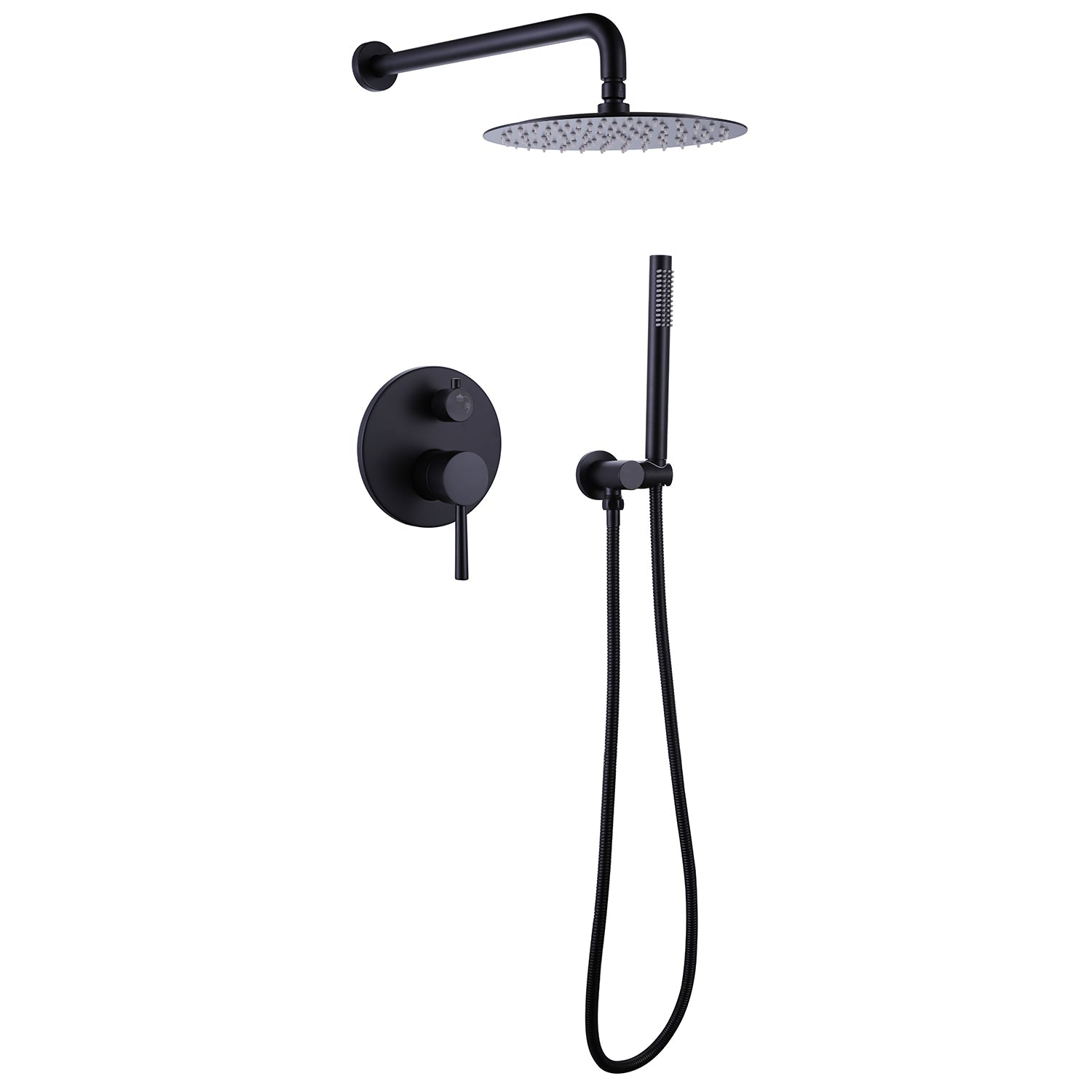


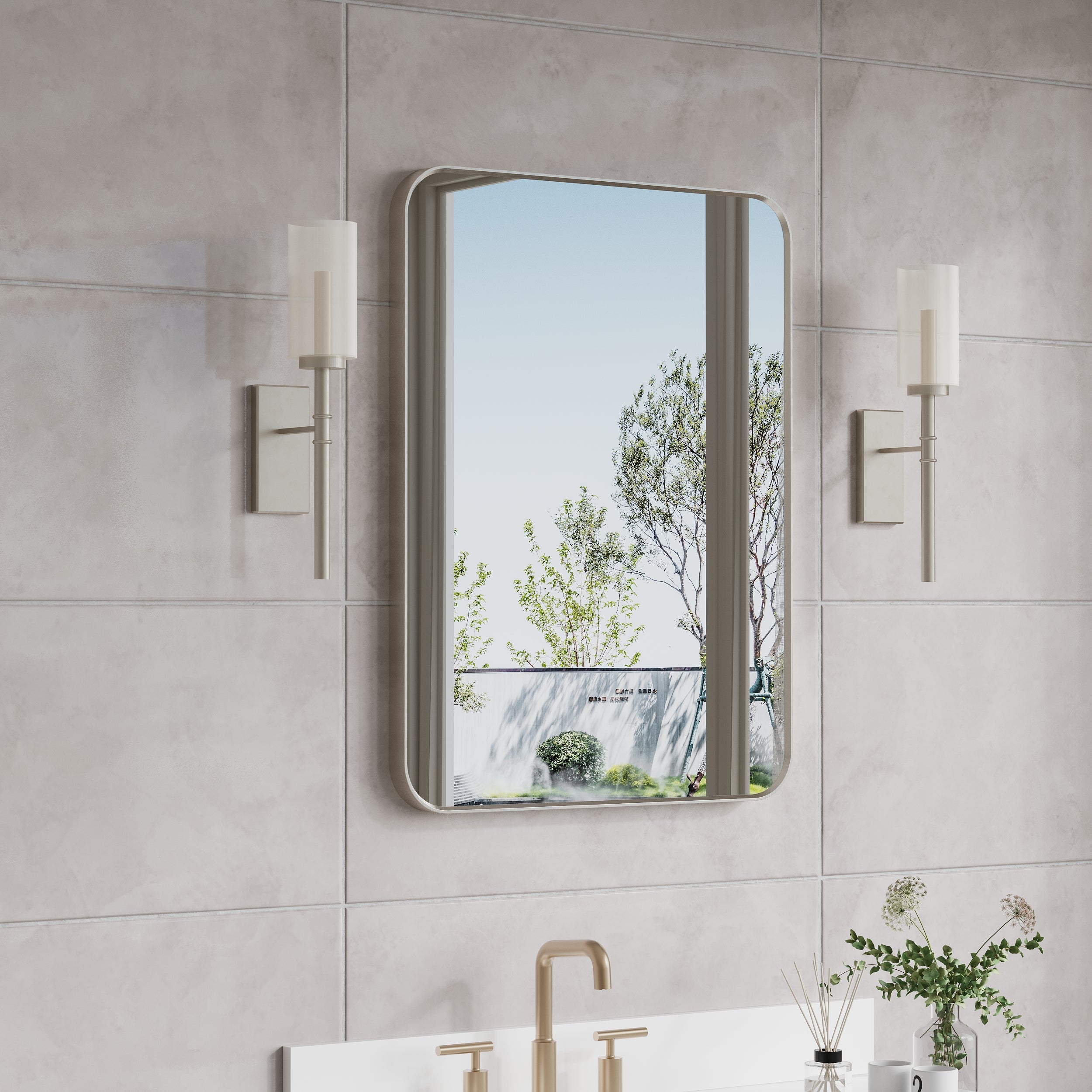
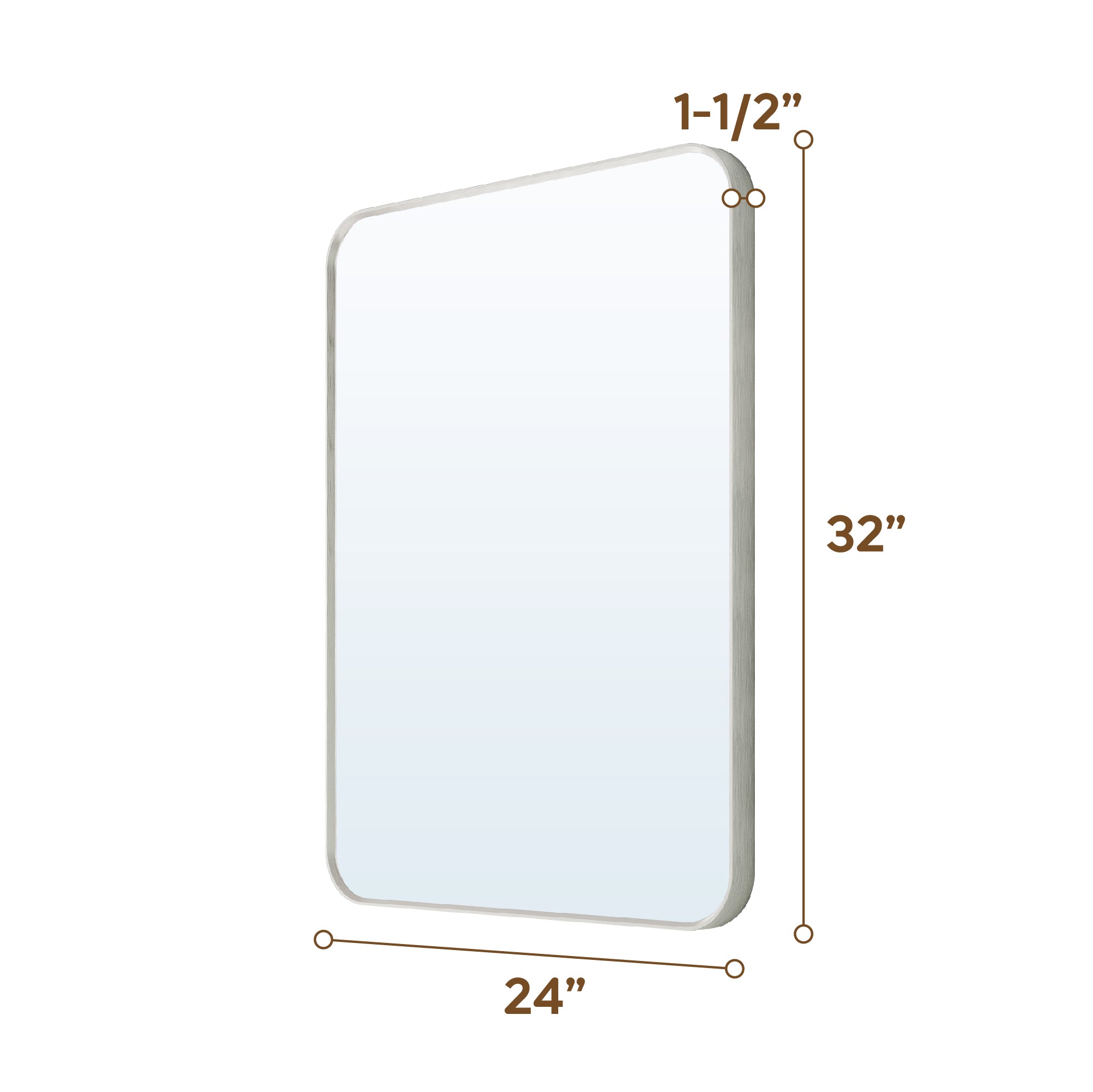







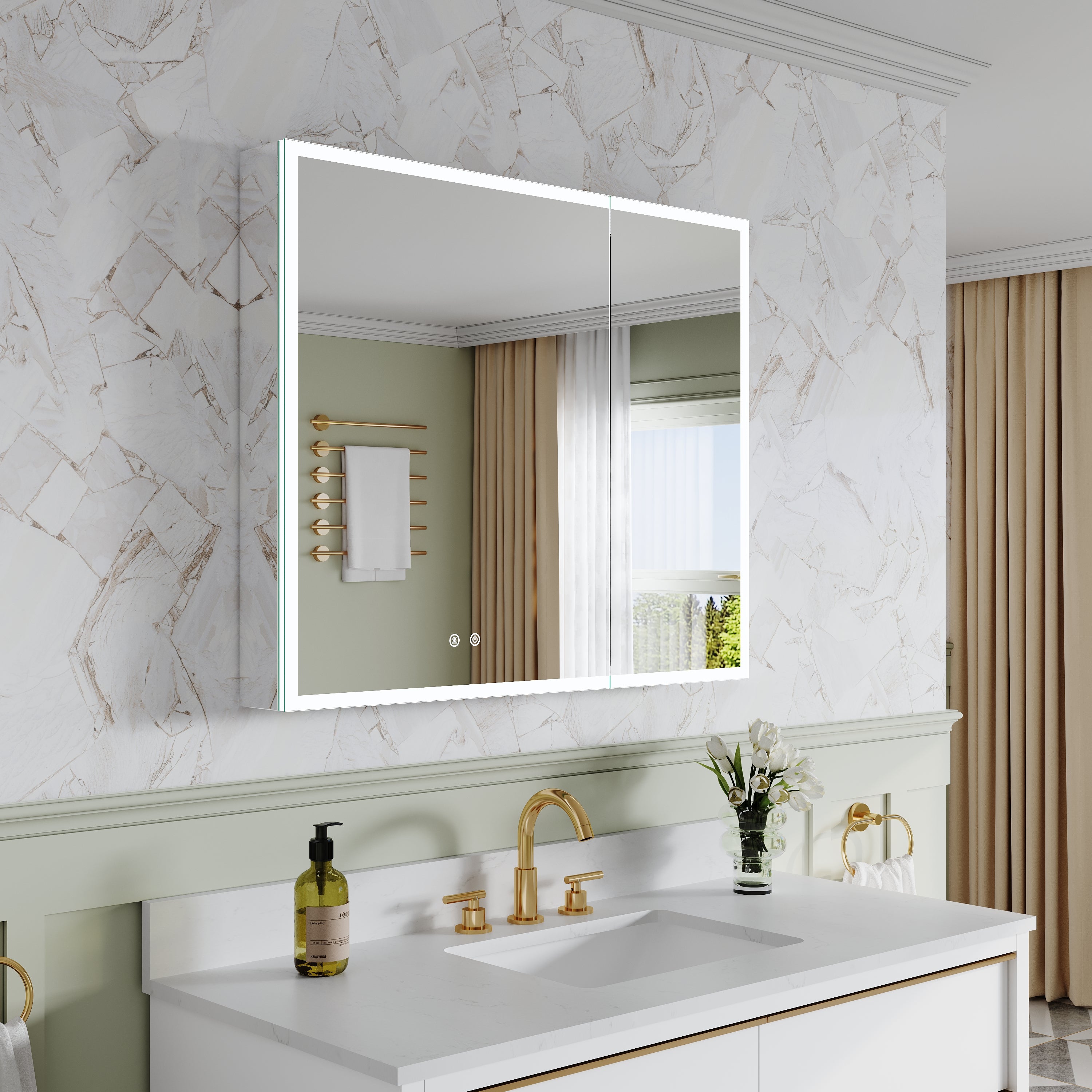

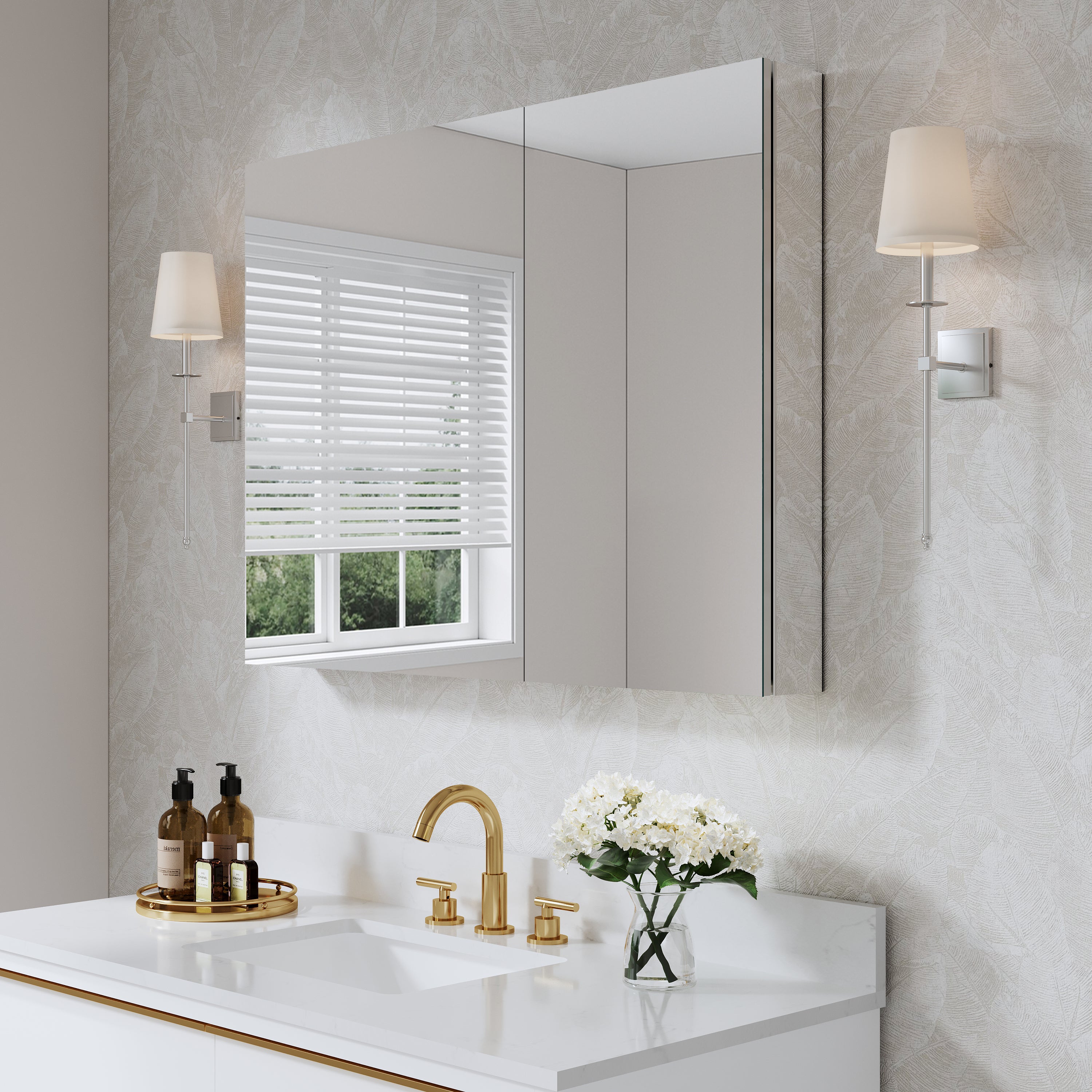

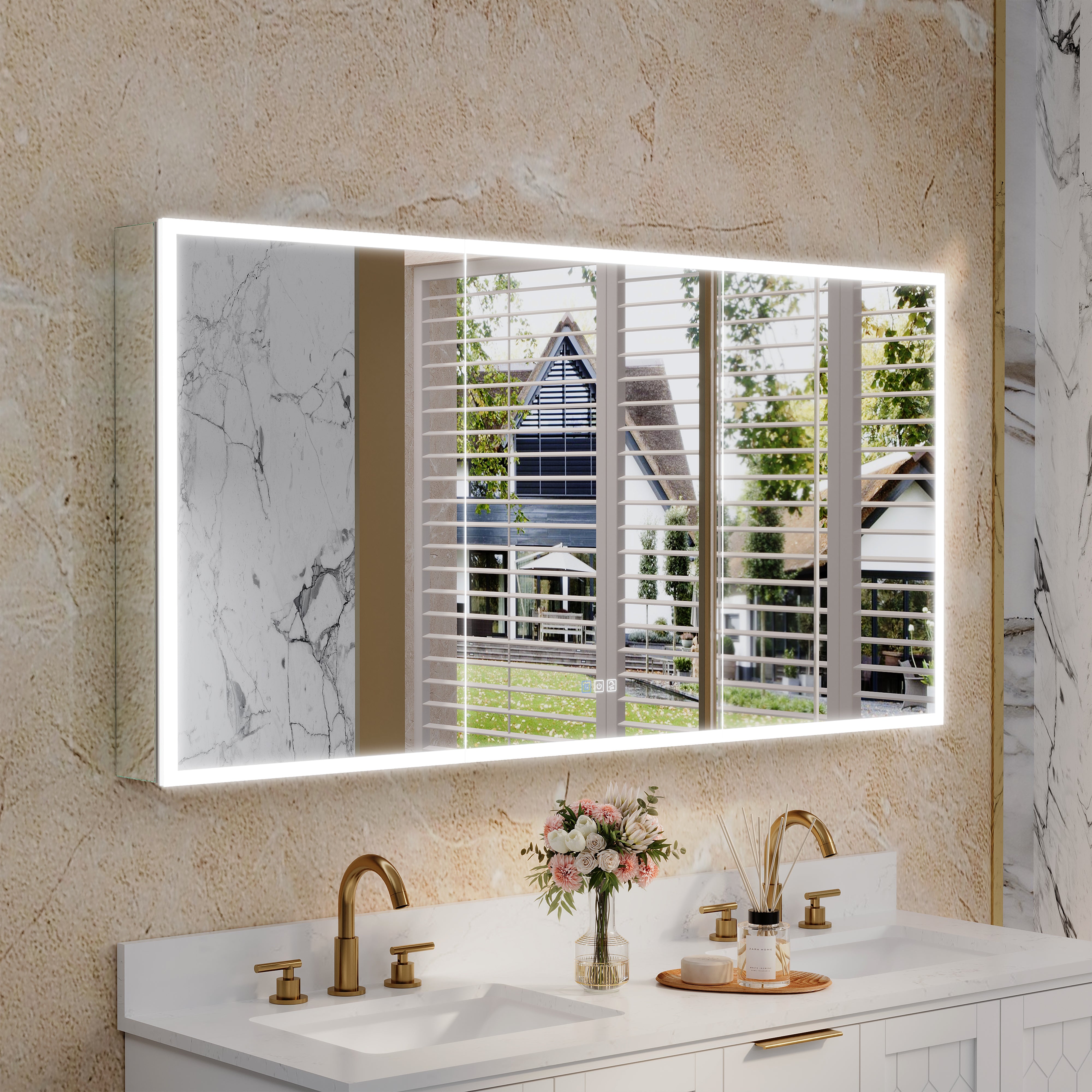

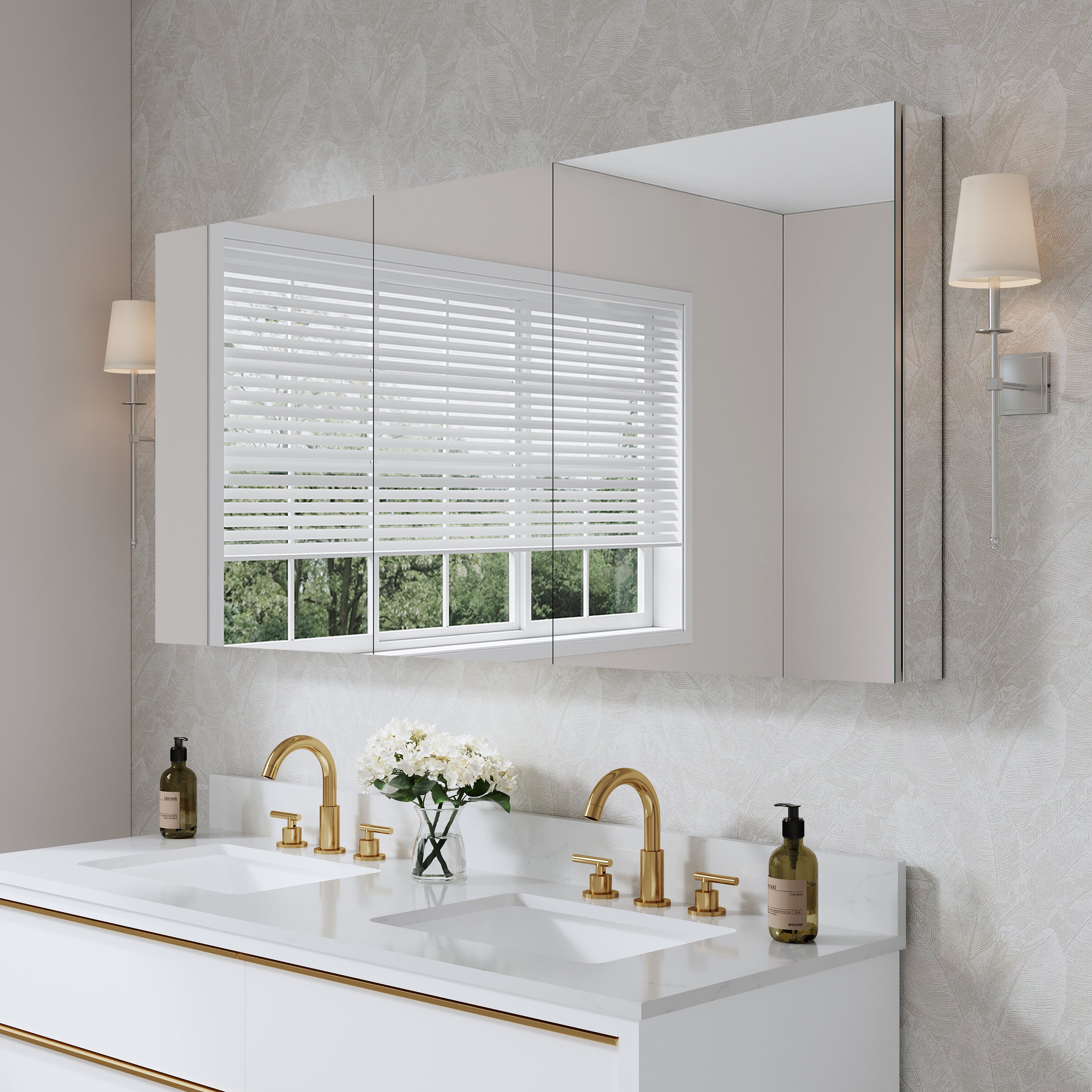




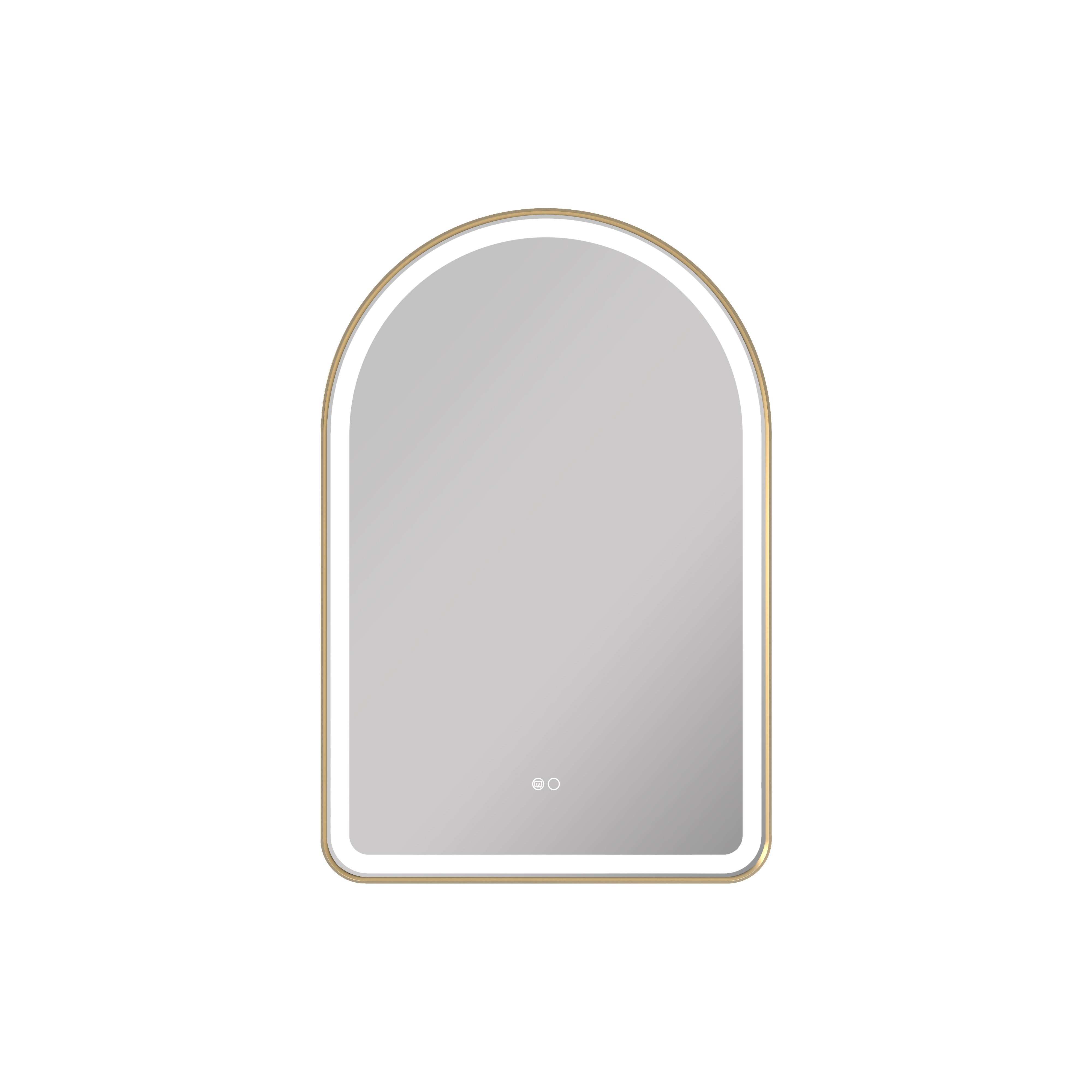










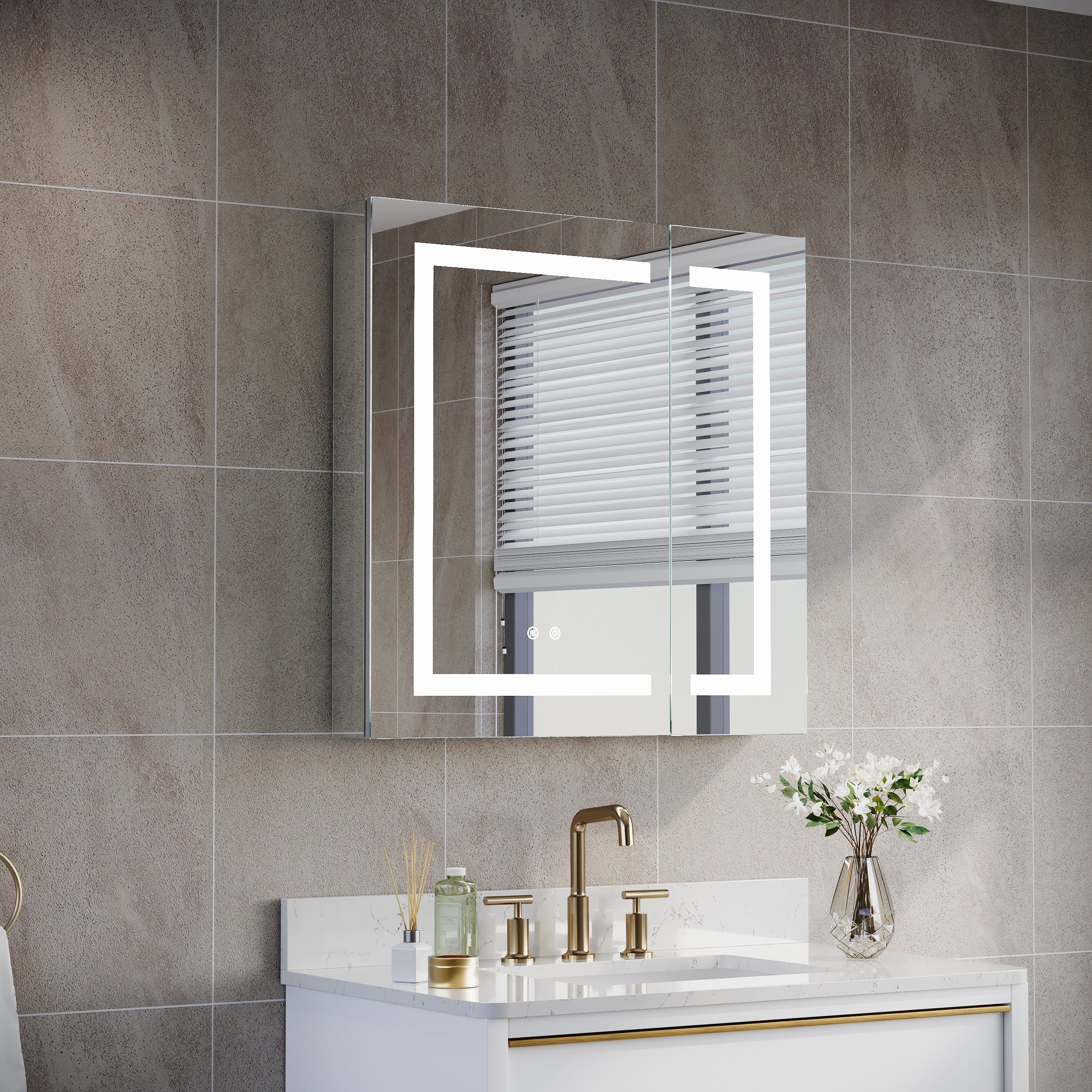






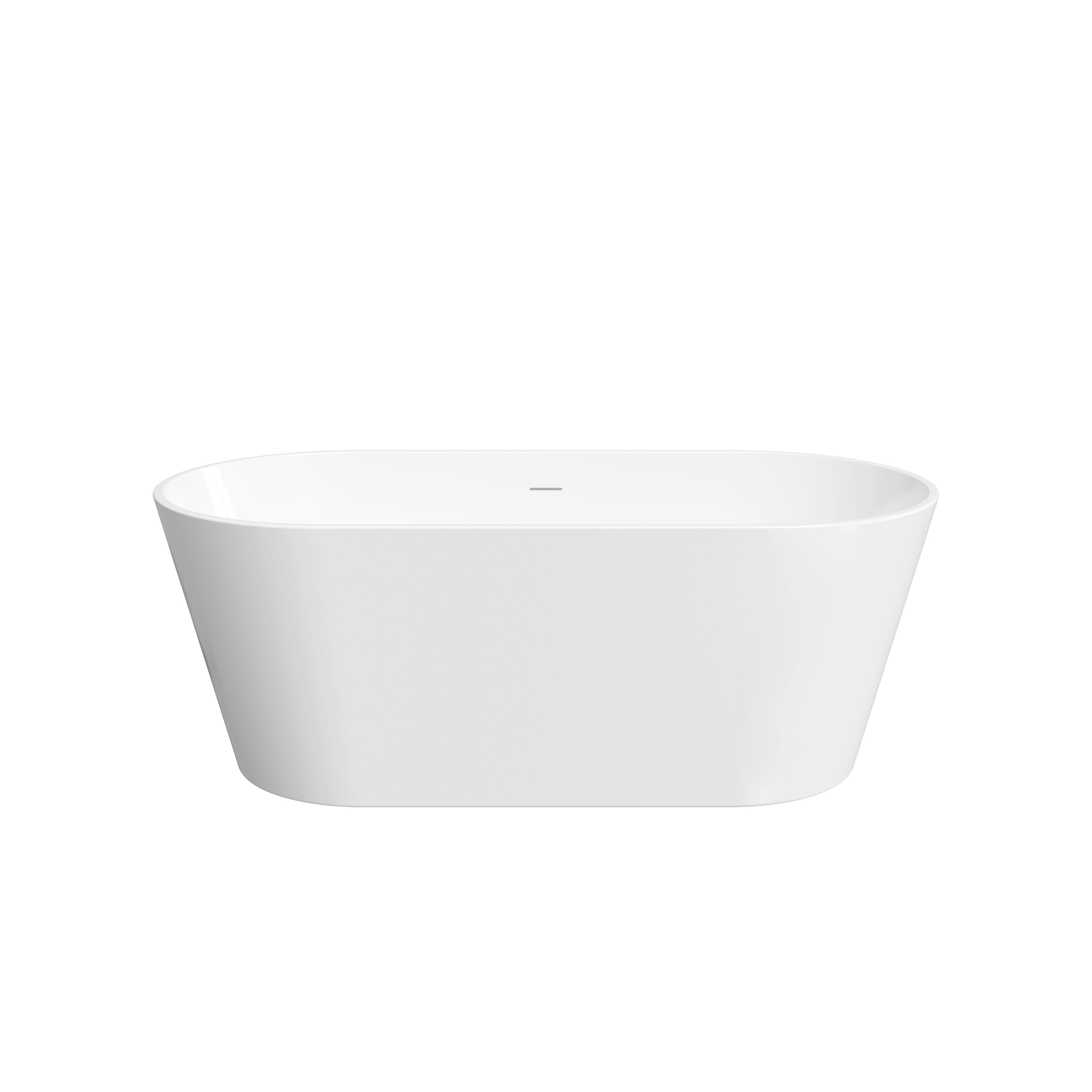




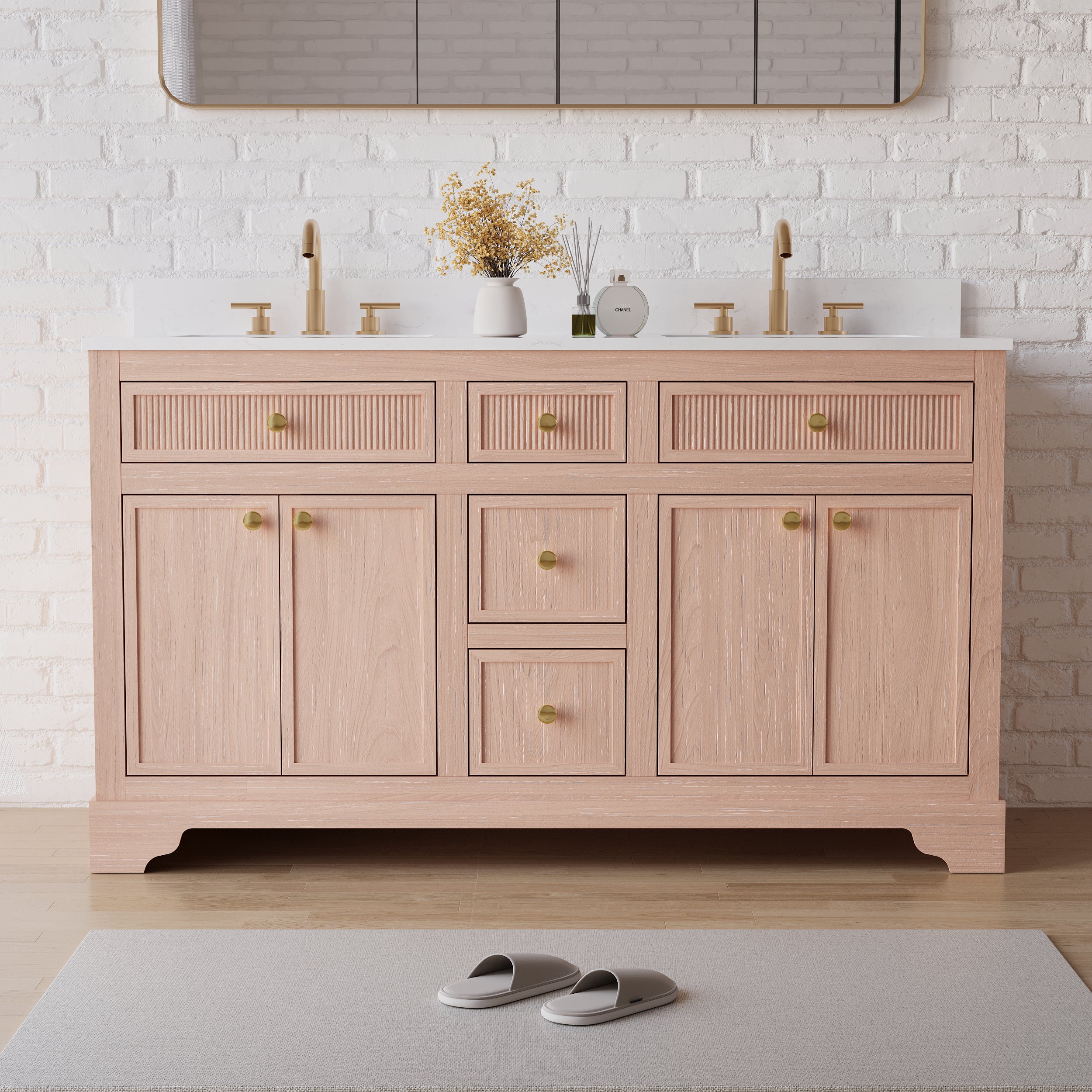
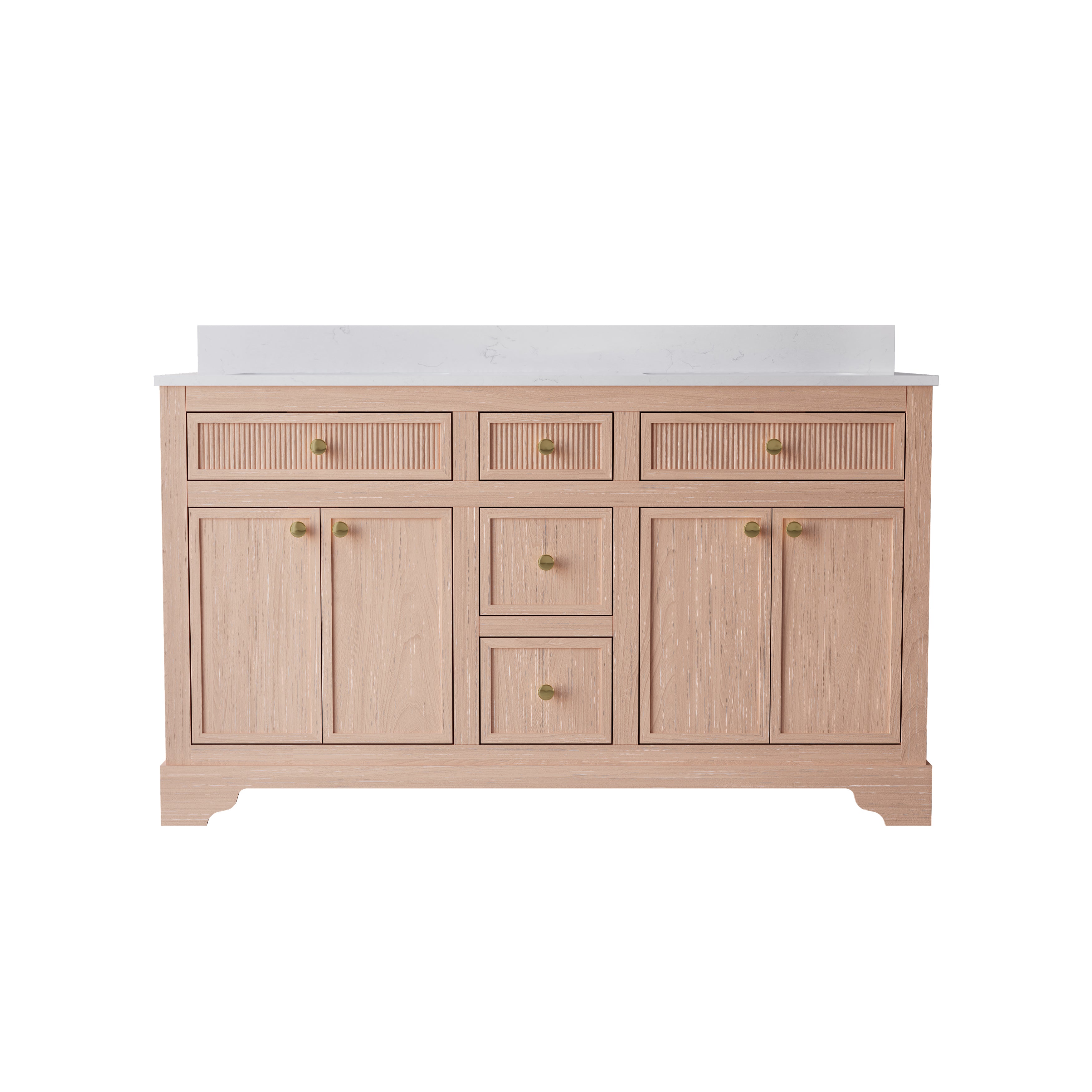
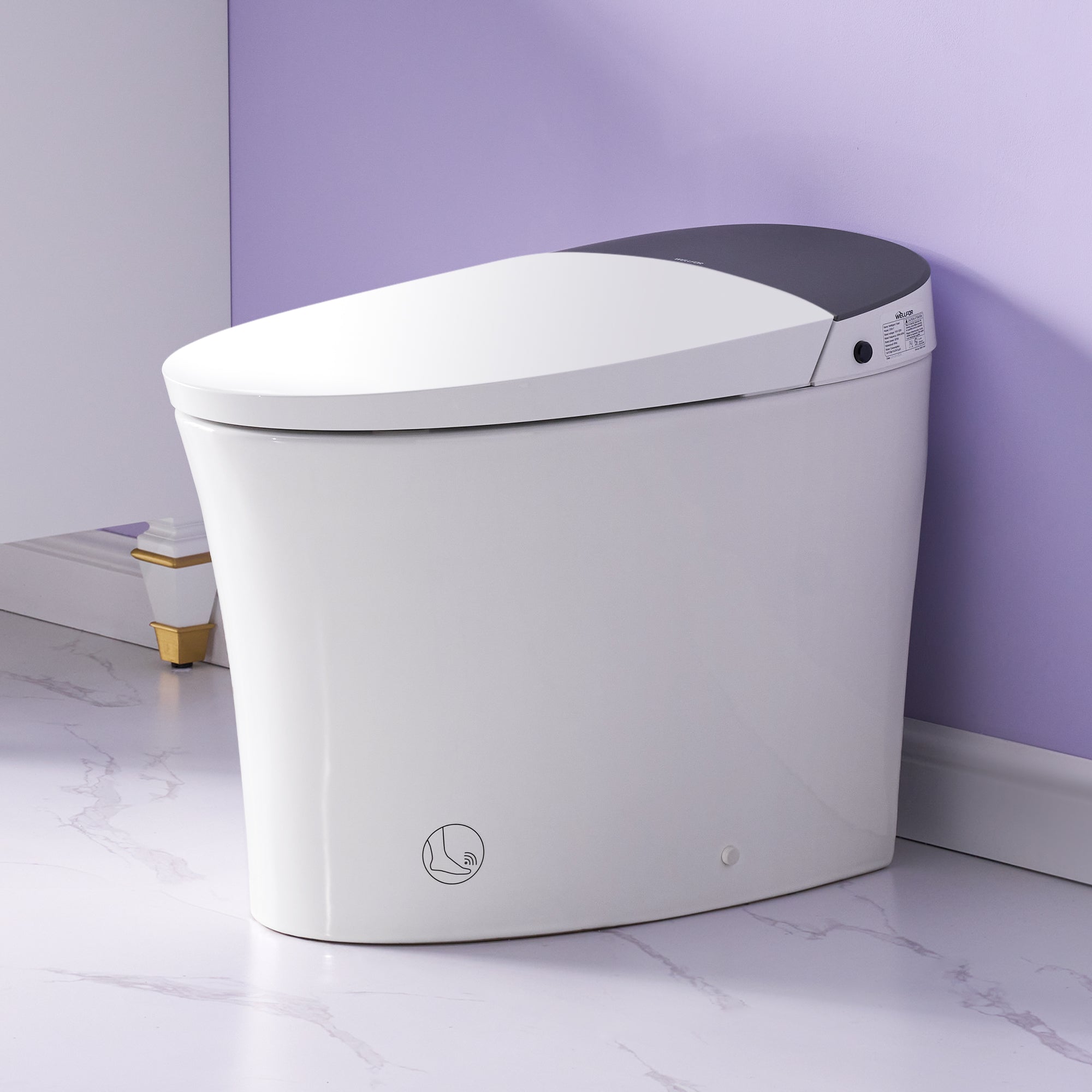
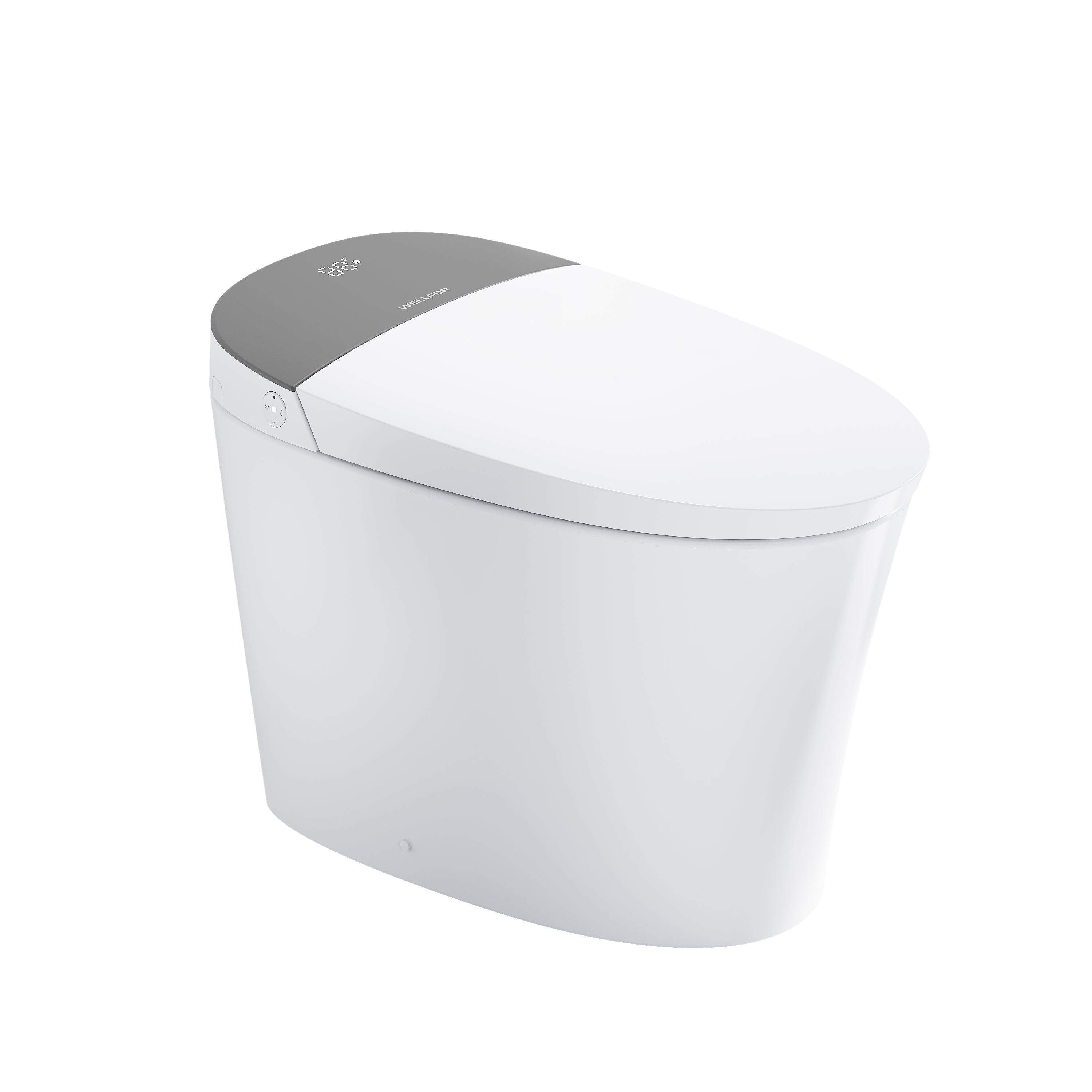
Leave a comment
This site is protected by hCaptcha and the hCaptcha Privacy Policy and Terms of Service apply.